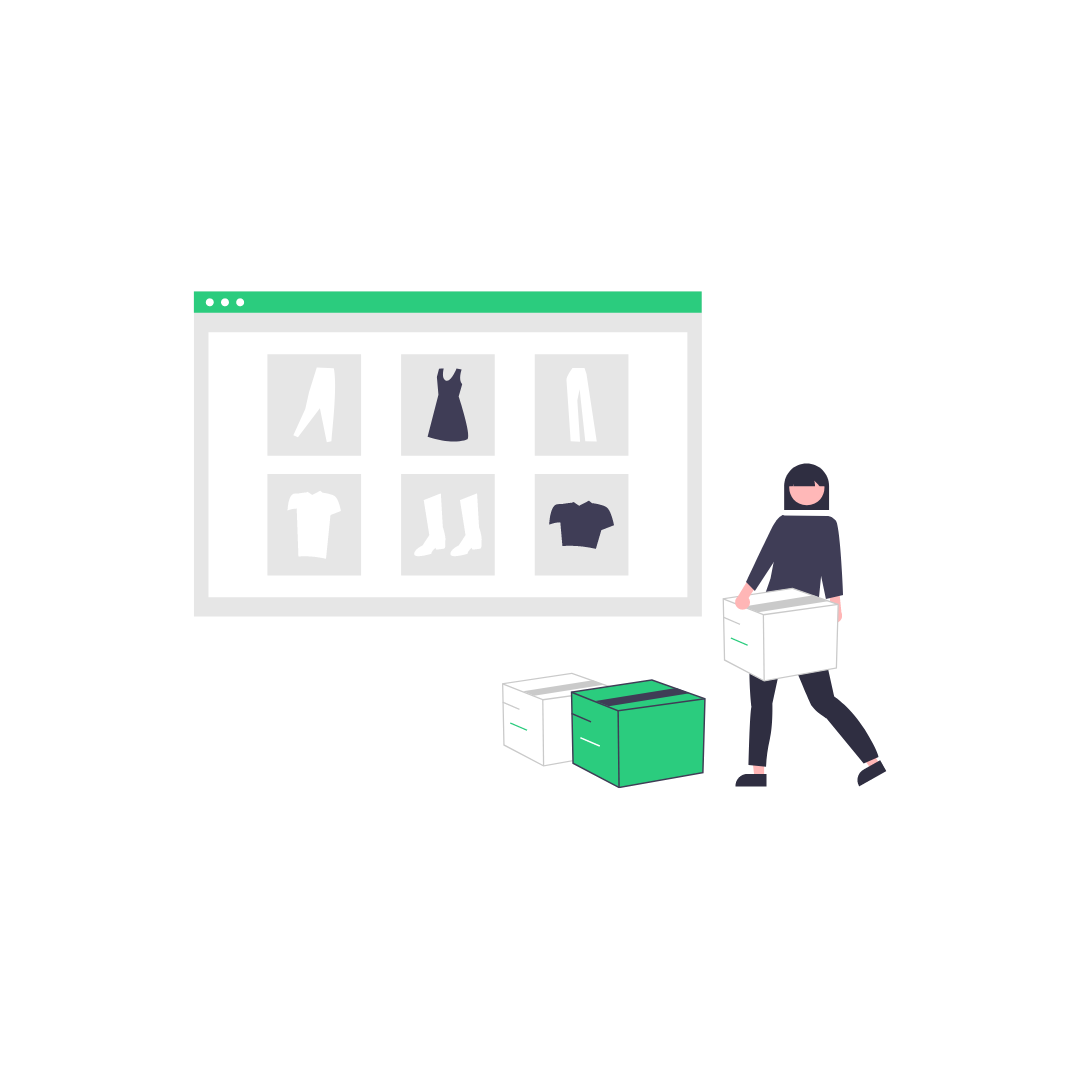 | Learn how to manage catalogs and selling contexts within Product Experience Manager (PXM). From building a catalog using hierarchies and price books, to applying catalog rules to deliver personalized shopper experiences, you'll explore real-world scenarios, engage with interactive activities, and learn best practices for catalog management. |
Catalogs & Selling Contexts
This guide provides a comprehensive overview of how to manage catalogs and selling contexts in Elastic Path Commerce Cloud.
1. Catalog Rules and Contexts
- Catalog rules determine which catalog to display based on shopper context
- Rules can be configured for various scenarios:
- Multiple geographical regions
- Multiple channels (mobile app, web storefront)
- B2B vs B2C customers
- Preferred accounts/customers
- Reward programs
- Product sales
- Standard pricing
2. Price Books and Segmentation
- Each catalog can have up to 5 price books
- Price books can be prioritized (highest priority takes precedence)
- Price segmentation can be enabled for catalogs to support different pricing scenarios
- Price books support:
- Multiple currencies
- Volume/tiered pricing
- Sales pricing
- Dynamic pricing
3. Customer Segmentation
- Different pricing can be offered based on:
- Account types (B2B, wholesale)
- Customer segments (loyalty members, retail)
- Geographic regions
- Sales channels
4. Key Features
- Price book stacking for multiple pricing scenarios
- Support for temporary pricing (sales, promotions)
- Multi-currency support
- Volume/tiered pricing
- Dynamic pricing capabilities
- Integration with customer accounts and segments
6. Technical Considerations
- Catalog rules cannot be created for organization catalogs
- Price segmentation must be explicitly enabled for catalogs
- Changes to hierarchies, products, or price books require catalog republishing
- Delta files are available for 30 days after publishing
For detailed implementation steps, see Price Segmentation